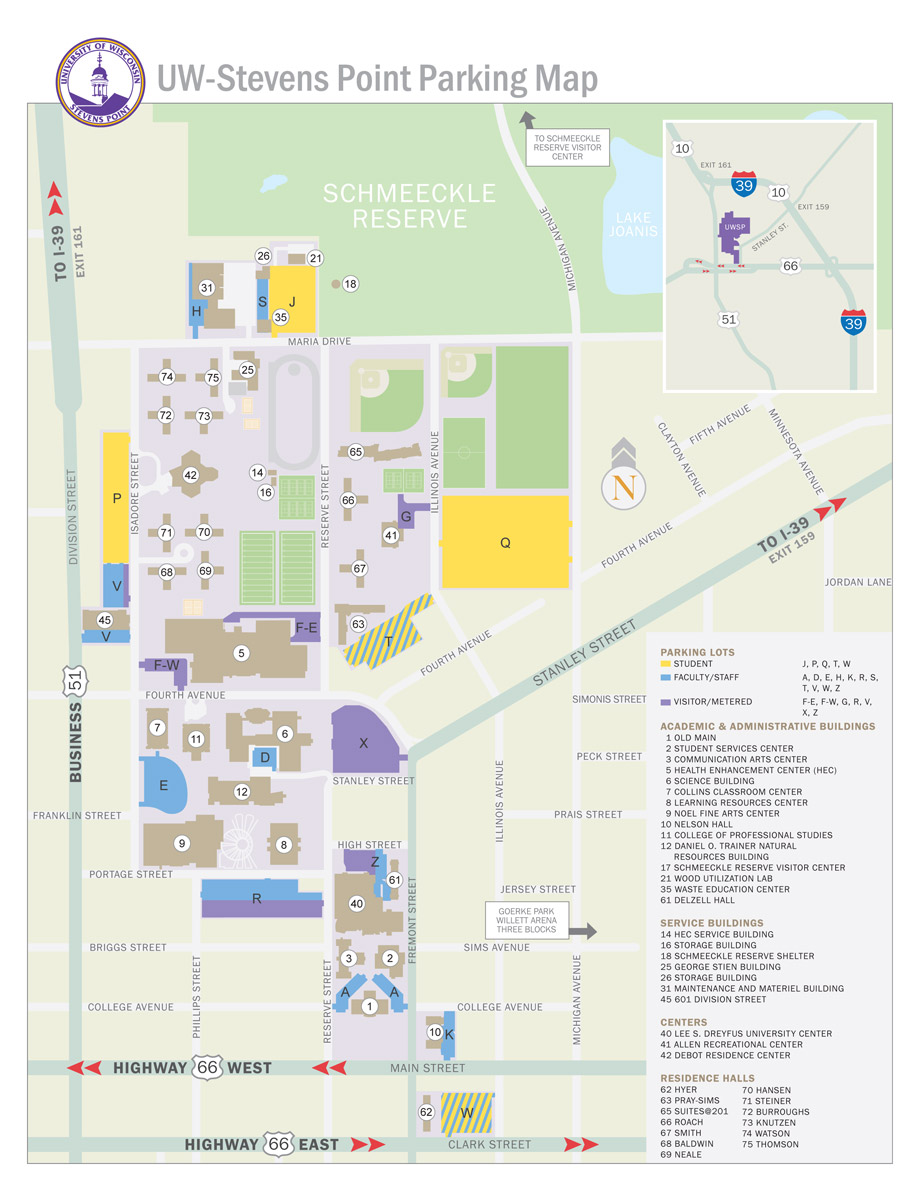
Alright. I’m gonna lay down some Student Government Association business on you right now.
The first thing you need to know is that as a senator representing the student body, I do not have my own opinion about this. This isn’t an op-ed piece; I’m just making this information available to you all. All two of you who read my posts. Hi, mom.
The third thing to know is that I want your feedback, and so does SGA! Stop by our office next to SIEO any time, or approach a senator (I will soon help you to identify us). That all being said, here we go:
Have you heard about the proposed parking structure?
The university has been offered a laaaarge sum of money with which to build a new science building. It’s happening. The new biology and chemistry building is going to be built. And it is going to be built in the place where Lot X is right now (across from the existing Science Building, right next to St. Stan’s). That lot is as good as gone, and gone with it are the 340 parking spots it contains.
The Science Building we already have is staying. It’s still going to be a Science Building, and any extra space created will allow for the expansion of class sections and will hopefully help to lessen the overbooking of classrooms. There will just be two science buildings.
Lot X’s parking is most frequently used by commuter students and for campus events, such as those held in the various NFAC theaters and things and in the DUC where a lot of stuff happens. And it is going to be gone … 340 spots of event and commuter parking. Poof.
The university proposed to build a parking structure in an existing lot in order to absorb the loss of these parking spaces. There have been public forums about this, and there have been presentations, and it sort of boils down as follows:
What the university needs to do is to come up with a solution that will replace the parking we are going to lose when the ground is broken for construction of the new science building. Taking into consideration the purpose of the parking that has to be replaced–for commuters and for events tied to campus buildings, namely the NFAC and the DUC–the university poses that Lot T would be the best place to build the proposed parking structure.
 Here’s some of the reasons other lots were nixed:
Here’s some of the reasons other lots were nixed:
- Lot J (across from the George Stein building on Maria Dr.): too far away from the end of campus where event parking would be needed.
- Lot P/V (near Taco Bell, next to 601, across from Baldwin and Steiner halls and DeBot on Isadore St.): toxic soil in the lot (from the shady past actions of the old dry cleaners) is something like four times as expensive to move; also, because the lot is super narrow, the type of parking structure would have to be different and would be more confusing and/or obnoxious to navigate.
- Lot R (across from the DUC, next to the LRC and the NFAC on Reserve St.): the university plans to build something else there down the road, possibly an academic building, which would eventually be a part of a future quad around the Sundial area.
- Lot E (between the CCC and the NFAC on Isadore St.): the shape is not quite right, and it would interrupt green space on campus.
- Lot Q (behind Pray-Sims, Smith, May Roach, and the Suites on Illinois Ave.):only one portion of the lot is possible to build a parking structure on, due to the fact that the Moses Creek Culvert runs underneath most of the lot; it is still possible to build on that small other portion, though.
- Lot T (right behind Pray-Sims on Illinois Ave.): has all of the traits necessary in that it is close enough, large enough, the right shape, etc.
So the university wants to build a parking structure, and wants to build it in Lot T. Other items that come up in this discussion are the height of the proposed structure and the way in which the university proposes to pay for it. Parking structures’ heights aren’t measured in stories like a building would be–they’re measured by level. The proposed parking structure would be three or four levels, which amounts to two stories (three levels) or three stories (four levels). And in terms of the funding of the project, the university faces several options.
The university could fund the parking structure on a basis where only those using the structure (which would contain mostly metered spots) would pay for it; in this event, the passes would be more than $1,000 per year, and the price of parking passes for other students and faculty/staff would not be affected.
Another option would be for the university to pro-rate the lots on campus. This could mean that lots that evaluated as having “better” or more desirable spots would cost more to park in–and permit prices would be altered in consideration of the “value” of the good parking spots (and the lesser value of the farther, crummier parking). Another way to split the cost up is to charge more for permits for faculty and staff than for students, or to alter the cost by, say, yearly income.
Yet another option would be increasing the uniform cost of parking permits all across campus for faculty/staff and students alike. In order to finance the parking structure, permits would need to be raised to something like $250 per year. As you likely know, this is over twice what a parking permit currently costs per annum. However, it is worth mentioning and thinking about the fact that even at this elevated rate, UWSP parking passes would not even be close to the most expensive in the UW System. They’re currently second-lowest, and this rise in price would bring us to about the “middle of the pack,” as SGA President Ryan Specht loves to say. It’s still a precipitous rise, but comparatively it is not the disastrously expensive $500/semester of UW-Milwaukee.
One proposal has been that if the proposed parking structure is built, meter costs be raised uniformly across campus from their current rate of $.50/hour to $1.00/hour (an effective doubling) and that the parking permits be raised only after this meter increase. That would offset some of the raise in permit prices, although they would still be increasing considerably in price from their current level.
Alright, that’s what I have. This stuff is all in the talks, and you are more than welcome to also talk about it. If you have any questions or comments, bring ’em to me or to the SGA office at your leisure–but keep in mind that this is being worked on and discussed, and won’t remain just an idea forever either way.
Hope this helps!
-Amy
Amy Vida is a junior at the University of Wisconsin-Stevens Point majoring in family & consumer sciences and English.
